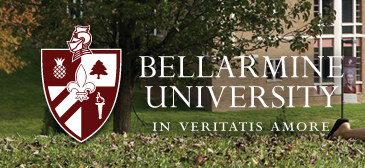Date of Project
4-24-2020
Document Type
Honors Thesis
School Name
College of Arts and Sciences
Department
Chemistry
Major Advisor
Amanda Krzysiak
Second Advisor
Savita Chaurasia
Third Advisor
Mary Huff
Abstract
As antibiotic resistance emerges stronger than ever, novel antimicrobial compounds are necessary to continue the infectious fight against disease and prevent millions of deaths by multidrug-resistant bacteria. One compound thought to be a natural source of antimicrobial activity is the chalcone. Abundant in fruits and vegetables, chalcones are versatile compounds that are easily synthesized via Claisen-Schmidt condensation and have demonstrated a wide-range of biological activity. Previous studies have found that the addition of a free hydroxyl group to either the A or B ring of the chalcone skeleton may contribute to mild to moderate antimicrobial activity. Halogen substituents, such as bromine, chlorine, and fluorine, were also reported to aid in antibacterial activity. In this study, twenty chalcone compounds, fourteen of which had never been screened, were assessed for their antibacterial potential against two Gram-negative and two Gram-positive strains of bacteria. This was assessed via Kirby-Bauer disk diffusion in which filter paper disks were impregnated with chalcone derivatives of varying concentrations, ranging from 1 μM to 1 mM, arranged on an agar plate swabbed with bacteria, and then incubated overnight. The potential for antimicrobial activity was quantified by measuring the zone of inhibition (ZOI) of the bacteria after disk diffusion. Similar to findings in prior studies, the results from this study suggest that electron donating groups (e.g. hydroxyl, ethoxy, and phenoxy groups) on the A ring may contribute to weak inhibition of both Gram-positive and Gram-negative bacteria. Further studies must be conducted to determine a possible mechanism by which chalcones work on these microorganisms.
Recommended Citation
Frazier, Breena Z., "Screening a Library of Chalcone Derivatives for Antibacterial Properties via Kirby Bauer Disk Diffusion" (2020). Undergraduate Theses. 44.
https://scholarworks.bellarmine.edu/ugrad_theses/44
